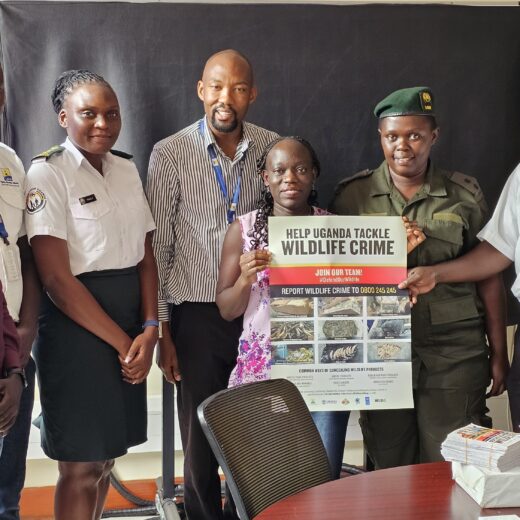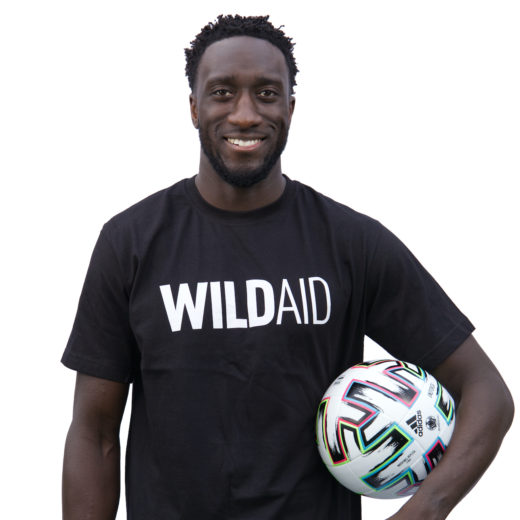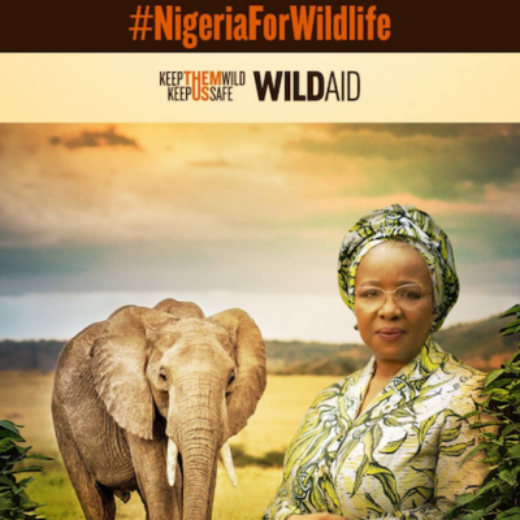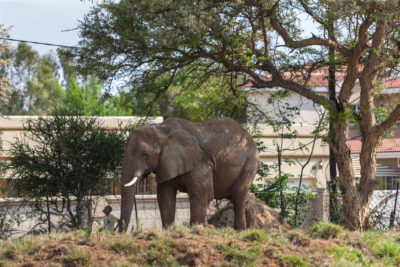
While the majority of the world has stood still for the past year due to the pandemic, wildlife has been on the move and sighted in places it hasn’t been for decades. While this brings great joy for some, for those living in close proximity to some of our planet’s most iconic species it poses a real threat to livelihoods. Elephant crop raiding across Asia and Africa is a prime example of this. Elephants, the largest of all terrestrial herbivores, eat for an average of 16-18 hours a day, and unfortunately, this often results in them consuming food meant for people’s families and livelihoods.
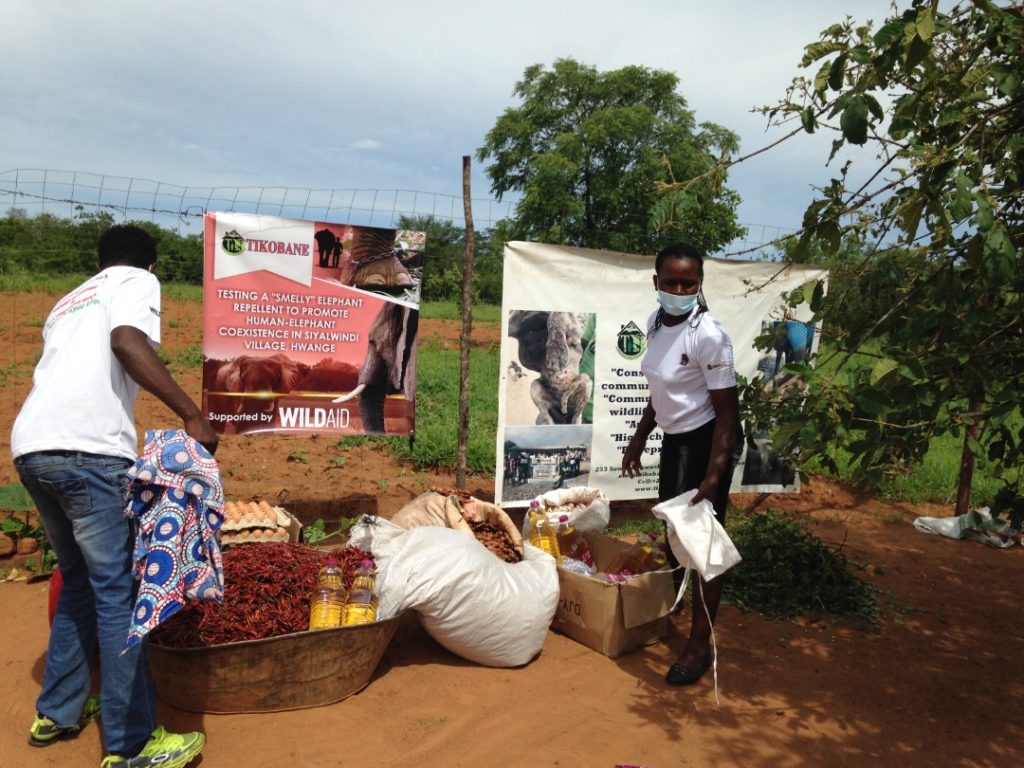

Reducing elephant crop raiding that is a major source of human-wildlife conflict , is something WildAid is tackling using an innovative smelly elephant repellent. Made of cheap and widely available natural ingredients, this product was invented by crop farmers in northern Uganda and has huge potential to be a game changer in addressing this challenge, which is fast becoming the number one threat to elephants globally. Over the last two years, we have been looking at the viability of the smelly repellent as a crop-raiding mitigation method. With positive results so far, we are now looking at how we can scale this up to benefit more people and elephants.
To take the elephant repellent concept to the next level, WildAid is working to design a business ecosystem , that will enable the repellent to reach hundreds of thousands of people who wouldn’t normally have access to crop-raiding mitigation methods beyond the traditional methods of banging pots and pans, shouting and lighting fires. To do this, we have partnered with Design for Wildlife, a collective that applies design principles to solve wildlife conservation challenges.
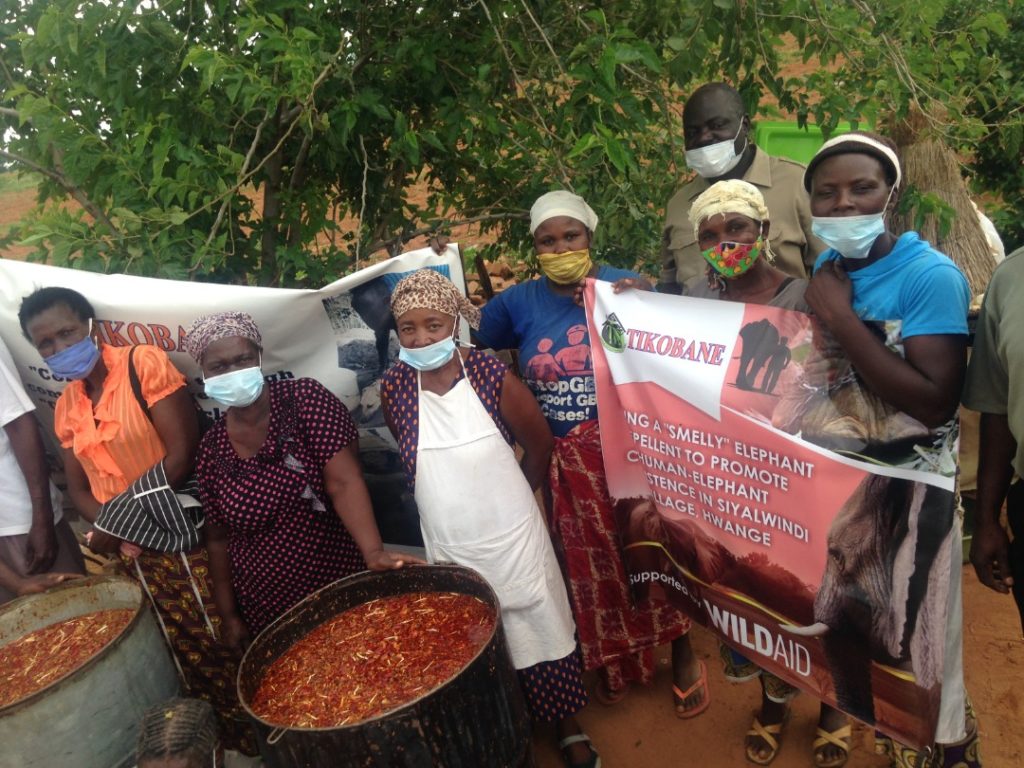

The adopted design process has been used in everything from washing machines to the COVID-19 vaccination experience. The WildAid and Design for Wildlife team will soon be out in the field in Uganda, conducting tests in real-life scenarios to determine how to take the elephant repellent from a promising concept to a widely-adopted product. This field testing will involve exploring aspects such as persuading people who view elephants as unstoppable and insatiable to believe in the repellent to the extent that they are potentially willing to purchase it; identifying potential influential business owners and salespeople to use the repellent; understanding how retail locations impact product uptake; creating the necessary branding to increase usage; designing the repellent packaging including minimising any negative environmental impact (such as plastic bottles); developing the payment systems, structures and pricing.
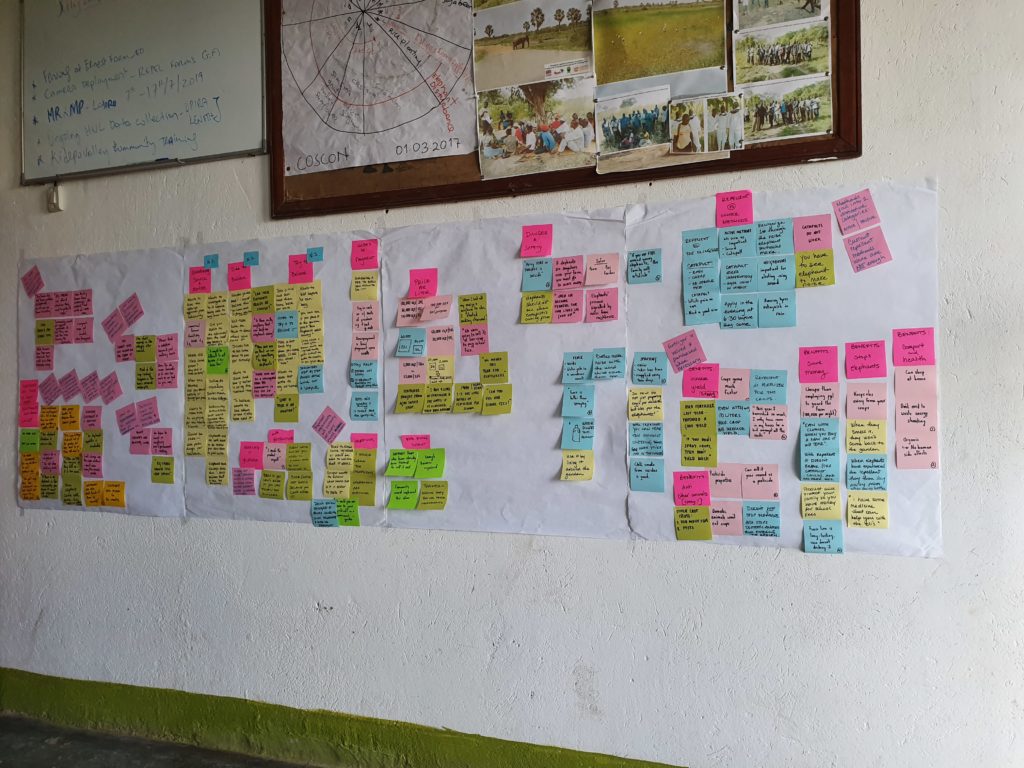

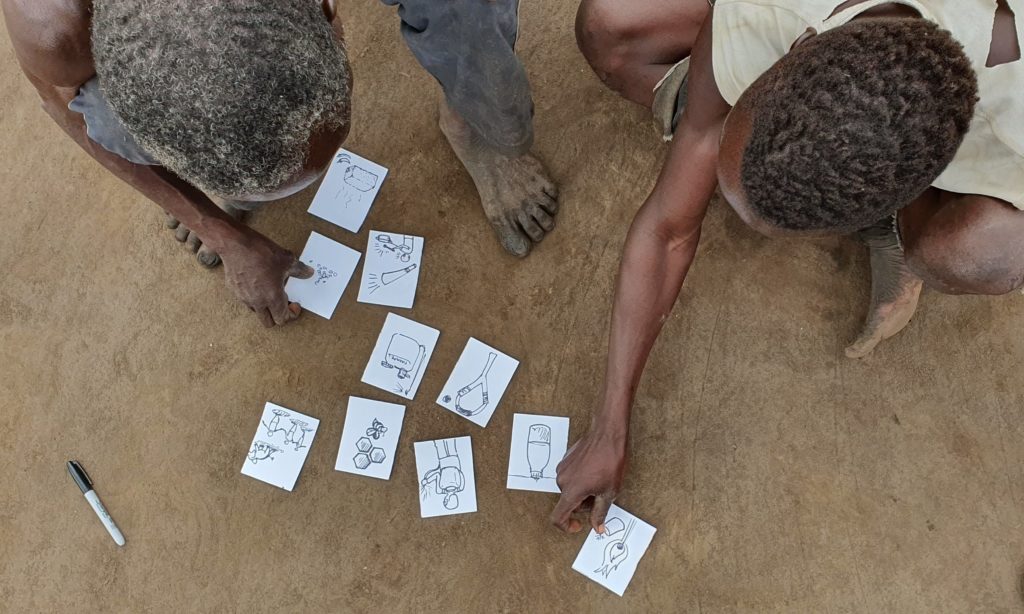

At the end of this prototyping phase, when we have answered these and many other questions through scenario testing with prospective customers, we will have a pilot business model. This model will then be taken to a new elephant crop-raiding hotspot location, where we can test and adapt it further. After that, the final model will be ready for expansion, enabling us to roll out to other countries and locations. The end goal of this process is to produce a “business in a box” type package, allowing entrepreneurs across Africa and Asia to establish the elephant repellent as a viable social enterprise, benefiting both people and wildlife. It will be able to exist in places where conservation authorities and organizations aren’t always around to intervene and will create income and jobs. Ultimately, this will lead to improved attitudes towards elephants and conservation more broadly, resulting in better lives for people and wildlife.
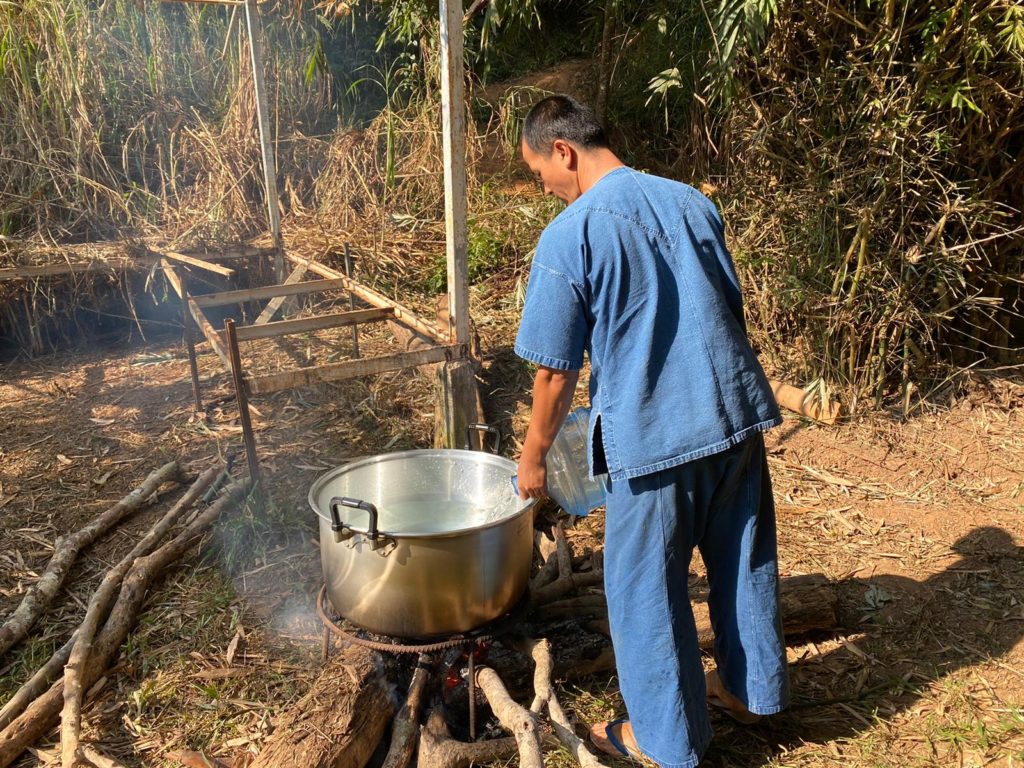

Alongside the business model development, we are continuing to test the effectiveness of the smelly repellent in various contexts. In addition to working in partnership with Save The Elephants’ Elephants & Bees team in Kenya, and STEP in Tanzania, we have partnered with Brainforest in Gabon, Tikobane Trust in Zimbabwe and Game Rangers International in Zambia to continue exploring the usefulness of the product in different situations. Our most recent partnership is with the Golden Triangle Asian Elephant Foundation (GTAEF) in northern Thailand, where they are helping us to test the repellent’s effectiveness on Asian elephants . Through a series of controls and tests, we are assessing the reactions of GTAEF’s elephants towards the smelly repellent, recording their behaviors on film, which will help us convince others to implement the smelly repellent.
Learn how to make a batch of smelly elephant repellent with Ugandan comedian and WildAid ambassador, Salvado.
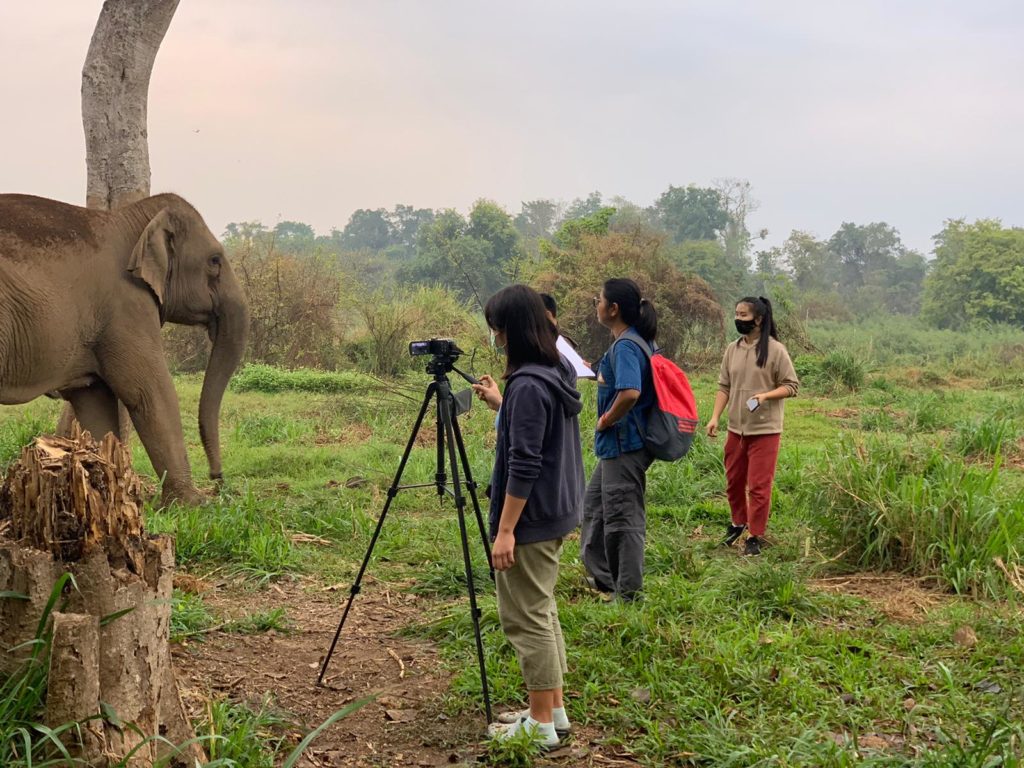

Stay in touch and get the latest WildAid updates.
SIGN UP
